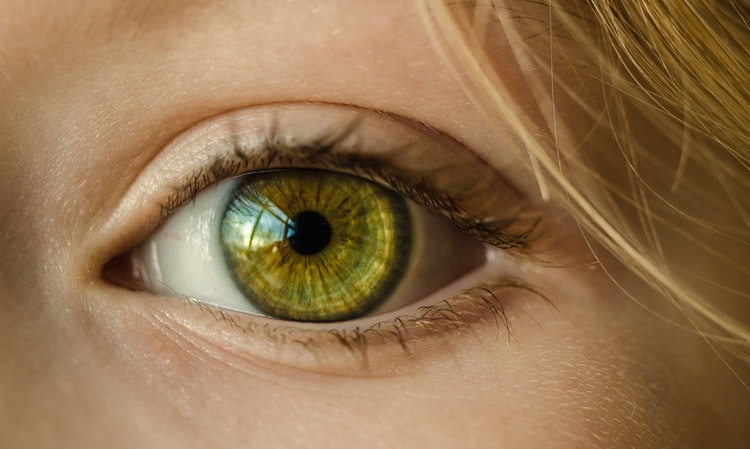The new three-dimensional printing technology, mostly used in industry, is finding its way into the field of medicine. Photo: Pixabay
Brno, Feb 8 (BD) – Production of ophthalmic prosthesis could be more simple, less expensive, and tailored to the need of each patient. Ondřej Vocílka, a student at the Technical University in Brno (VUT), used a 3D printer to create a new ophthalmic prosthesis, Czech news server Novinky.cz and other Czech media report.
Vocílka, a twenty-three-year-old engineering student who had lost sight in his left eye, realized he could make a prosthesis with this technology while listening to a lecture on 3D printing at the faculty, Novinky.cz writes.
He started researching the topic for his bachelor’s thesis and, in agreement with his teacher, he took advantage of his old prosthesis and tried to scan it on a 3D printer. At an engineering fair in Brno, he met with representatives of a specialized 3D printing company. He prepared photographic documentation of his healthy eye at Brno University Hospital. Using the photos, he created and modified the 3D model and send it to the printer, according to Novinky.cz.
In his thesis, Vocílka explains: “The bachelor’s thesis deals with a production of a prototype of an eye prosthesis using 3D printing on the base of a model given by scanning of an PMMA handmade prosthesis. Model was modified in a program 3ds Max 2017. The core of the prosthesis with texture was created using this procedure.” Visit VUT Brno website to read more.
“My method takes less than an hour and a half. Production of an acrylic prosthesis takes around eight hours. While a glass prosthesis can be ready for a patient in two hours, there is no possibility to modify it,” said the young engineer, according to Novinky.cz.
“The costs of 3D printing came to less than 850 crowns. This is roughly one third of the price of handmade prostheses in our country,” Vocílka explained. He’s currently working on developing a more efficient and cheaper production procedure, according to Czech news server Aktualne.cz.
For decades, ocular surgeons have worked together to make artificial eyes look more realistic. The realism of an ocular prosthesis has been always limited by the inability of the artificial pupil to react to light.
According to one laboratory study (“A ‘living’ prosthetic iris”) published on Nature.com, “one solution to this problem has been demonstrated recently in a device based on a liquid crystal display technology (LCD) which simulates the pupil size as a function of the ambient light”.








